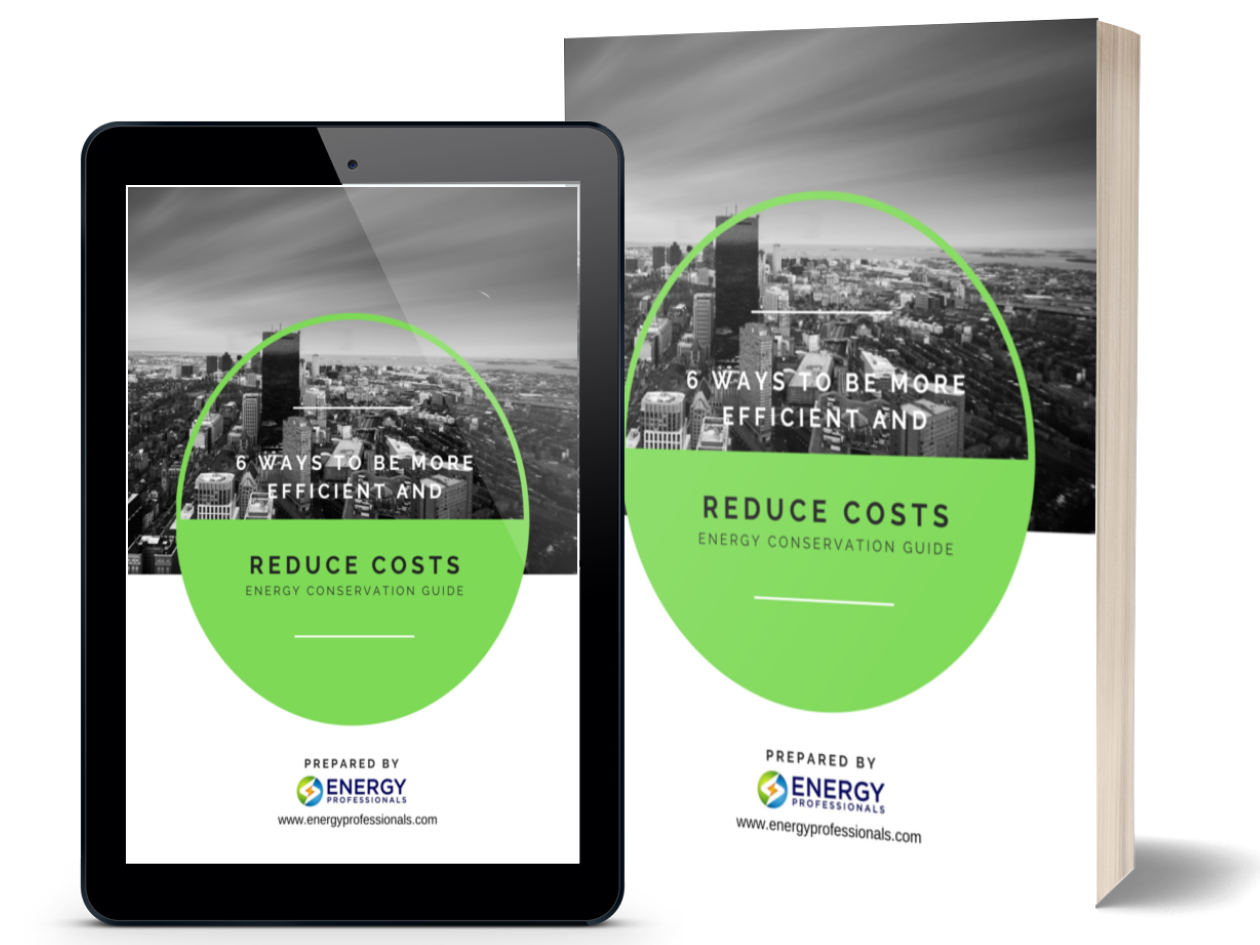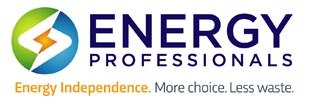How To Save on Electric Bills as Prices Rise
How to save on electric bills as prices rise Rising Electricity Prices Become a Growing Concern Across the country, business

How to save on electric bills as prices rise Rising Electricity Prices Become a Growing Concern Across the country, business
How to save on electric bills as prices rise
Across the country, business owners are opening their monthly electric bills and shaking their heads.
What used to be a predictable line item has become a moving target, creeping higher year after year with no end in sight.
For many companies, electricity is no longer just a background expense; it’s becoming a real concern for budgets already stretched thin by inflation, supply-chain costs, and wage increases.
And the numbers back up what business owners are feeling.
According to NPR, electricity prices in the United States have risen steadily for five straight years and show no signs of slowing.
source: EIA, Consumer Price Index, Federal Reserve
The U.S. Energy Information Administration (EIA) reported that the average retail price of electricity has increased roughly 27% since 2020, marking one of the sharpest and most sustained jumps in recent history.
source: EIA
Recent forecasts suggest that national average retail electricity rates will rise about 3.5 % in 2026, while residential prices could be 13–18 % higher by the end of 2026 compared with 2024 levels.
For comparison, the overall Consumer Price Index (CPI) — the government’s primary inflation gauge — is projected to increase by 11–14 % during the same period.
In other words, electricity costs are rising roughly 25–30% faster than general inflation, making power one of the biggest pressures on business budgets today.
The reasons aren’t mysterious.
The U.S. Energy Information Administration (EIA) projects that electricity demand and prices will continue growing over the next two years — driven by major trends:
One of the biggest factors is the explosive growth of data centers and artificial intelligence infrastructure. The Department of Energy recently noted that the rapid expansion of AI and cloud computing facilities could double U.S. data-center energy use by 2030. These facilities require enormous and constant power to run servers and cooling systems, creating round-the-clock demand spikes that ripple through the grid.
Another accelerating factor is the adoption of electric vehicles (EVs). As transportation shifts from gasoline to electricity, utilities across the country are bracing for millions of EVs connecting to the grid — not just at night, but increasingly during daytime work hours. The EIA projects EV electricity consumption will quadruple between 2024 and 2030 as more fleets electrify and charging infrastructure expands.
Population and economic growth are also adding pressure, especially across the South and Midwest, where booming development and new manufacturing investments are increasing both commercial and residential power use.
And finally, the transition to renewable energy, while crucial for long-term sustainability, brings short-term costs. Building new transmission lines, integrating large-scale solar and wind, and adding energy-storage capacity all require massive capital investment — and those costs often flow back to consumers through rate adjustments.
In short, the United States is entering a new era of electricity demand — one shaped by technology, climate, and economic expansion — and that combination is keeping upward pressure on energy prices for the foreseeable future.
A recent Reuters article states that US power use reached record highs in 2025 and 2026.
Many energy industry experts believe this combination — rising demand, infrastructure investment, fuel-market volatility — will keep upward pressure on electricity prices for businesses and consumers alike.
One of the most effective ways for businesses to reduce electricity costs — and protect against future price increases — is to focus on the largest portion of the electric bill: the supply, or the cost of the actual energy used.
Every bill is divided into two key parts:
Supply charges – the cost of the actual electricity used.
Delivery charges – the cost of transmitting that power through lines, transformers, and infrastructure.
For businesses located in deregulated states, there’s a powerful advantage: the ability to choose a competitive electricity supplier instead of being limited to the local utility.
By comparing offers and negotiating, businesses can secure fixed-rate contracts — locking in a stable supply price for a set period, insulating themselves from market volatility or future utility increases.
A fixed energy contract helps maintain budget stability and predictability — an important shield in an era of rising costs.
Here is a short video that explains how this works:
While locking in a better rate helps, reducing total usage is often where the biggest savings occur.
According to the U.S. Small Business Administration, energy use in a typical small business breaks down roughly as follows:
35–40 % for heating and cooling
20–25 % for lighting
35–40 % for machinery, computers, and equipment
Upgrading to LED lighting, maintaining HVAC systems, and scheduling high-energy equipment during off-peak hours can dramatically reduce consumption — lowering both supply and delivery costs at once.
What is “Demand Side Management?”
One part of the bill that surprises many business owners is the capacity charge.
These fees are set by utilities to ensure there’s enough power available during periods of highest demand — like hot summer afternoons when the entire grid is stressed.
Here’s the catch: your company’s usage during those peak moments determines how much you’ll pay in capacity charges for the entire next year.
If your business uses a lot of power during those hours, your capacity cost skyrockets — even if your overall consumption is average.
Fortunately, there’s a way to manage this. Through demand-side management (DSM) or energy curtailment, businesses can lower usage during those critical peak hours.
Reducing load when the grid is under stress not only cuts next year’s capacity charges but can also qualify a business for utility credits or incentive payments.
This proactive strategy helps both sides: it lowers costs for the business and stabilizes the grid for everyone else.
Here is a short video that helps explain this a little better:
Managing rising energy costs can feel overwhelming, but the right guidance makes all the difference.
For over 25 years, Energy Professionals has helped businesses nationwide navigate the complexities of energy procurement and efficiency.
The team negotiates competitive fixed-rate supply contracts, provides energy-management software for tracking and reducing usage, and helps clients identify capacity-reduction opportunities through curtailment programs.
There’s no obligation — just transparent data, expert insights, and strategies designed to help businesses take control of their energy costs.
Electricity prices are likely to keep rising for years to come — but that doesn’t mean businesses are powerless.
By understanding how energy is billed, locking in stable rates, improving efficiency, and reducing demand during peak hours, companies can protect themselves from unpredictable costs and turn energy management into a strategic advantage.
Contact Energy Professionals today to explore solutions that can help your business stabilize costs and stay ahead of future increases.
If you’re unfamiliar with energy deregulation, or it’s been a while since you reviewed your rates from local energy suppliers, you could already be paying more than you should.
Take a moment to explore your options and see how much you could save or protect your business from future increases. If you’d like to learn more, click below or call us at (888) 473-3829.
Our licensed energy consultants will help you understand how energy choice works, review your available plans, and provide competitive rate options — all with zero obligation.
We’re here to provide the information you need to make the best decisions for your business and future.


Don't have one? You can get one by calling us at 855-4-PKIOSK.
Energy Professionals is committed to finding its customers the best possible rates on electricity and natural gas. Tell us your location and service type and our energy manager will connect you to the most competitive offers.
Switching to an alternate supplier is easy. There is no chance of service disruption, and you'll continue with your current utility for energy delivery and emergency service. Take a few minutes to discover your best offers, and enjoy the benefits of retail energy in your home or business.
1. Energy Type
2. Service Type
3. Zip Code
4.Local Company
5.Zone
We believe that knowledge is power. Here’s a free e-book that provides business solutions to reducing energy costs.
Download E-Book Free Energy Audit




